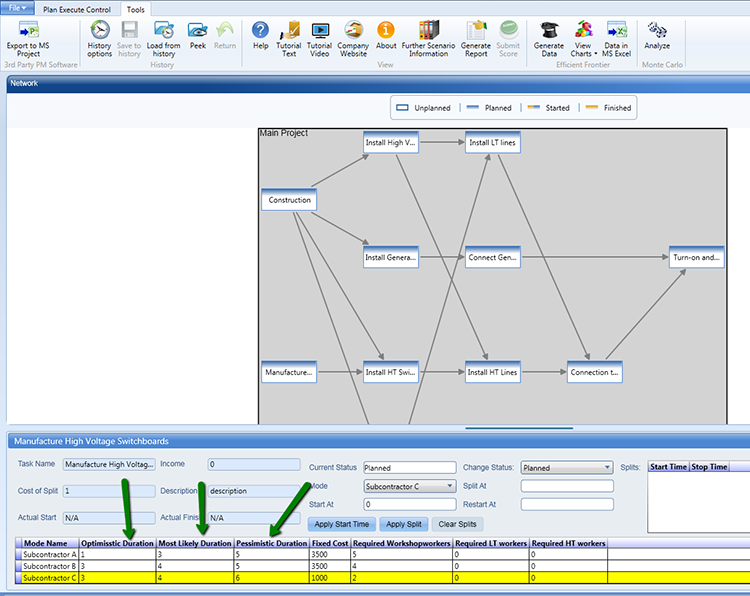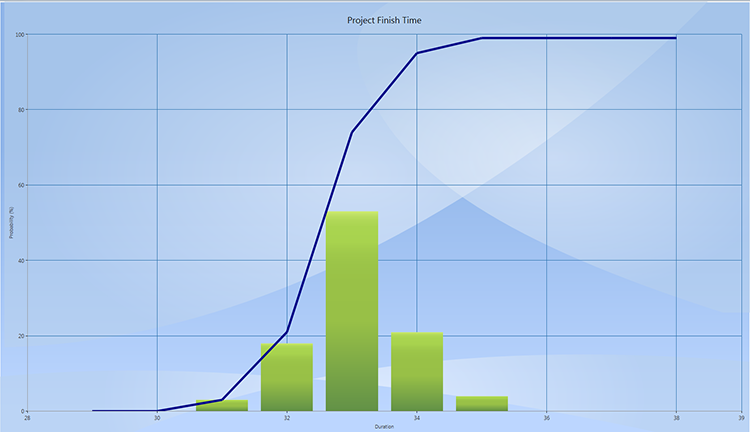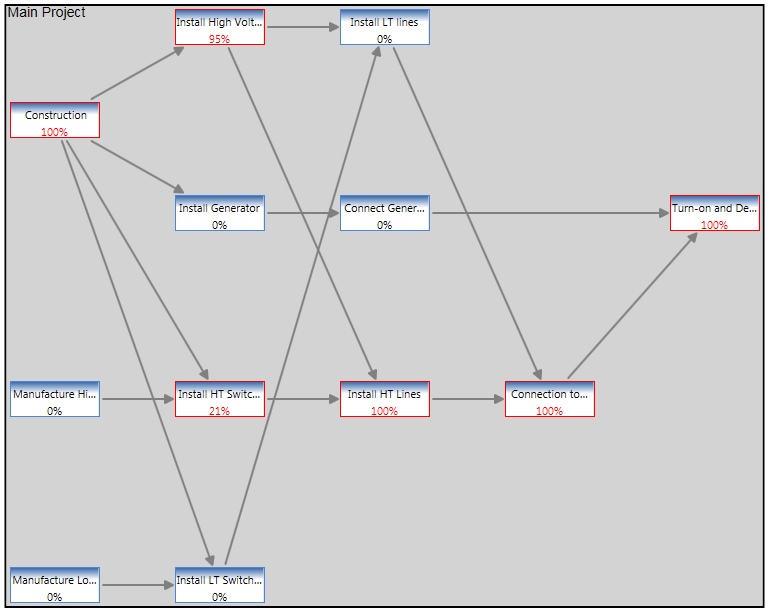Uncertainty is a part of every modern day project. The result of this uncertainty is risk. If we had all the information about a project in advance, project management would not be such a complicated undertaking and we wouldn’t see such high project failure rates.
Risk is the possibility that an event with adverse consequences for the project will take place and, consequently, that the project may not achieve its goals or may violate its constraints.
The simplest way to deal with risk is to ignore it. This is the worst way, as it really means that many other options are not considered and opportunities that might exist to mitigate the risk are lost. In other words, it should be assumed that if you do not attack project risks they will attack you.
While some projects are risky by nature, following a risk management methodology significantly reduces the risks and improves project results.
Risk Assessment
The first part of the risk analysis is to identify the risks in the project. This is done in the project planning phase. For each risk event the project team should think about:
- How likely is it for the event to actually occur?
- If the event does occur, what is the impact on the project?
Some examples of risks are having resources not available up when needed and project activities taking longer than expected.
Risk Management Plan
Once the risks are mapped, the project team should consider what to do about each risk, if anything. Risks that are low probability low impact events, can usually be accepted. Risks that are high probability high impact events should be mitigated. For example, it is sometimes possible to select alternative methods that are not using risky resources for executing activities. Risky resources have a high probability of not being available when needed. Another example for reducing risk is by assigning excess resources to buffer against the event that a resource unit will not be available when needed.
Monte Carlo Simulation
The Monte Carlo method allows project teams to perform quantitative risk analysis. By taking uncertainty into account and replacing deterministic variables with stochastic ones, we can get estimates about the likelihood of different risks occurring and make better decisions, based on scientific data rather than on hunches. Let’s take the project duration as an example. By using Monte Carlo simulation and simulating a project plan, we know the probability that the project will finish by a certain time period. Additionally we can see which tasks are risky, and are likely to be on the critical path.
How does it work?
The PTB Analytics includes a Monte Carlo model. Each task has a three point time estimate for the duration: optimistic, most likely, and pessimistic.

Once we have this information along with a project plan selected from all the different possible alternatives (or from the efficient frontier) we can run the Monte Carlo simulation.

The simulation is run automatically, typically thousands of times. In each run a different set of values is randomly generated for the variables, according to their given probabilities. Once the simulation is complete we see what is the probability that the project will finish by a certain time period.

In this example the project has a 94% chance to finish in 34 weeks or less.
Additionally we can see the probability that each task will be on the critical path:

Summary and Conclusion
Risk is an important part of project management. Even though we don’t have all the information in advance, by using estimates, we can create a very good picture of what is likely to happen in the project and use this information to select the best alternative plan for the project. Furthermore, we can reduce the project risk associated with the selected plan and improve the decision making process. The Monte Carlo technique is an excellent way to identify and understand project risks and to improve the project planning process.

